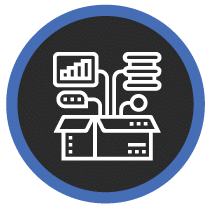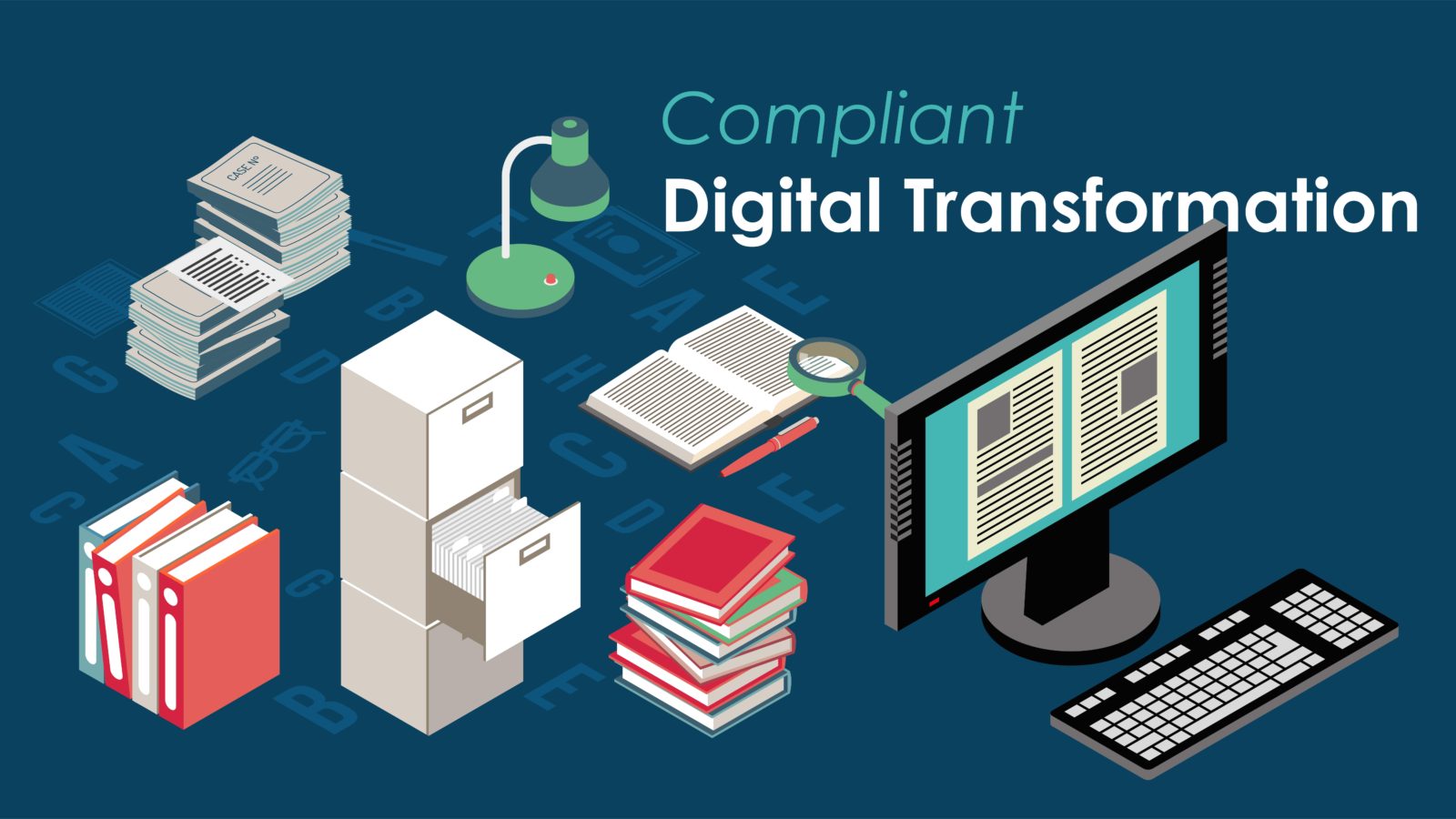Digital Transformation Acronyms You Should Know
What acronyms do you need to know when talking about Digital Transformation?
March 22, 2022
Talking about digital transformation can be confusing. However, a good first step towards understanding digital transformation is knowing these common acronyms:
Information Management
RM/ERM- (Electronic) Records Management
Records Management is a system of organizing records to make sure you have access to records when you need them. Electronic records management is the system of efficiently managing records digitally.
DI- Document Imaging
Document Imaging refers to a system of replicating documents for business, generally referring to a system of scanning physical documents to digital.
ECM- Enterprise Content Management
Enterprise Content Management expands upon content management by adding timelines for content, tracking processes, and requiring approvals for processes. Systems that use ECM usually include a secure central repository for managed information.
MSP- Managed Service Provider
An MSP is a provider that a business outsources the maintenance, implementation, and updating of network, applications, infrastructure, or security. They provide these services via their own hosting or on their customer’s premises with continued ongoing support.
VAR- Value Added Reseller
A Value Added Reseller takes another company’s technology or product and adds their own valuable services to that product and resells it with improved functionality to a consumer.
Security
BCP- Business Continuity Planning
BCP is the process of creating a plan for prevention and recovery in the event of a threat to a business.
DRP- Disaster Recovery Plan
DRP is similar to Business Continuity Planning but in response to an unexpected disaster as opposed to a threat. A DRP includes recovery processes that protect a business IT infrastructure and promote recovery in response to a disaster.
PII- Personally Identifiable Information
PII includes information that can be used to personally identify you. This information is unique to you and when it falls into the wrong hands it can be used to open bank accounts, purchase goods/services, steal your identity, or hold your accounts hostage.
PHI- Protected Health Information
PHI is similar to PII but about information related to a person’s healthcare. PHI includes information about health status, provision of health care, or payment for health care that is collected by a business and could be linked to a specific individual.
SFTP- SSH File Transfer Protocol
SFTP is a network protocol that provides secure file access, transfer, and management over a reliable data stream.
Software
EDMS- Electronic Document Management System
EDMS is a software suite that is designed to improve the management of electronic documents within an organization. They are used to manage, store, create, and control an organization’s records.
CSP- Content Services Platform
Content Service Platforms are a type of Enterprise Content Management that integrates a set of services as an integrated product suite, making it effective for improved collaboration. An effective CSP is designed to allow individuals and groups to view, alter, and gain insight from business data. A CSP combines and expands on all the document management capabilities of ECM like document management, workflow automation, and information governance.
SaaS- Software as a Service
Software as a Service is one the most common “as a service” models in use today. With a SaaS solution, software management and deployment are essentially outsourced to a third-party service and accessed through the cloud.
Hyper Automation
AI- Artificial Intelligence
Artificial intelligence is a computer program or a robot that has been programmed to do tasks. These tasks are ones that usually require some form of human intelligence or discernment.
API- Application Programming Interface
API is a go-between for software that allows two applications to talk to each other. APIs provide access to data from on-premise or SaaS applications.
BEP- Back End Processes
Back End Processes are operations in applications and software that customers and the general public never see. Most operations are completed in the back end of a computer system, which can’t be accessed by regular users. Back End Processes are any process that happens in the back end including running a script, settlements, automation, and updates.
BPE- Business Process Engineering
Business Process Engineering focuses on studying business processes so that they can be streamlined, diagnosed for problems, or redesigned.
ML- Machine Learning
Machine learning is a form of AI that allows applications to be more effective at predicting outcomes by using historical data. It can be used to intelligently process documents with automated data extraction, redaction, and customer sentiment analysis.
OCR- Optical Character Recognition
Optical Character Recognition is a solution for automating data extraction from the physical text on a scanned document. The text is then converted into a machine-readable form that can be edited or searched.
RPA- Robotic Process Automation
RPA is a software technology that can help you accelerate or eliminate simple, repetitive tasks. RPA tools make it easy to build, deploy, and manage software robots that easily handle processes such as customer or employee onboarding, payroll, invoicing, and forms processing.
The Cloud
IaaS- Infrastructure as a Service
Infrastructure as a Service provides a basic, ready-to-use IT infrastructure within the Cloud. IaaS offers storage, networking, and virtualization without the need to invest in expensive on-site resources and infrastructure.
PaaS- Platform as a Service
Platform as a Service solutions allows your organization to develop and manage its own applications without the need to develop or maintain a complex cloud infrastructure.
SaaS- Software as a Service
See the description above under “Software.”
For more in-depth information on these 3 Acronyms read our “Common Cloud Service Models” blog.
This is by no means a comprehensive Acronym list, but hopefully, it will help you better understand discussions about Digital Transformation.

How can DOMA help your business with Digital Transformation?
DOMA Technologies is an experienced digital solutions provider for a wide range of transformative cloud technologies. Whether you’re just getting started with digital services such as document scanning or looking to implement more advanced automation and AI tools, we are here to answer any questions you may have.
About DOMA- Powered by Tech, Driven by People
DOMA Technologies (DOMA) is a software development and digital transformation company whose mission is to change customer lives by lightening their workload through faster and more targeted access to their data. Since 2000, our team of 200+ experts has helped businesses navigate all aspects of the digital world. We are a dedicated strategic partner for the federal government and private sector clients at every stage of their unique digital transformation journey.

Author:
Danielle Wethington
Director of Communications
Digital Transformation
Learn more about DOMA’s Digital Transformation Services.
Recent News

Data-Driven Sustainability for a Healthier Future

Humanizing Healthcare

Reducing Improper Payments

